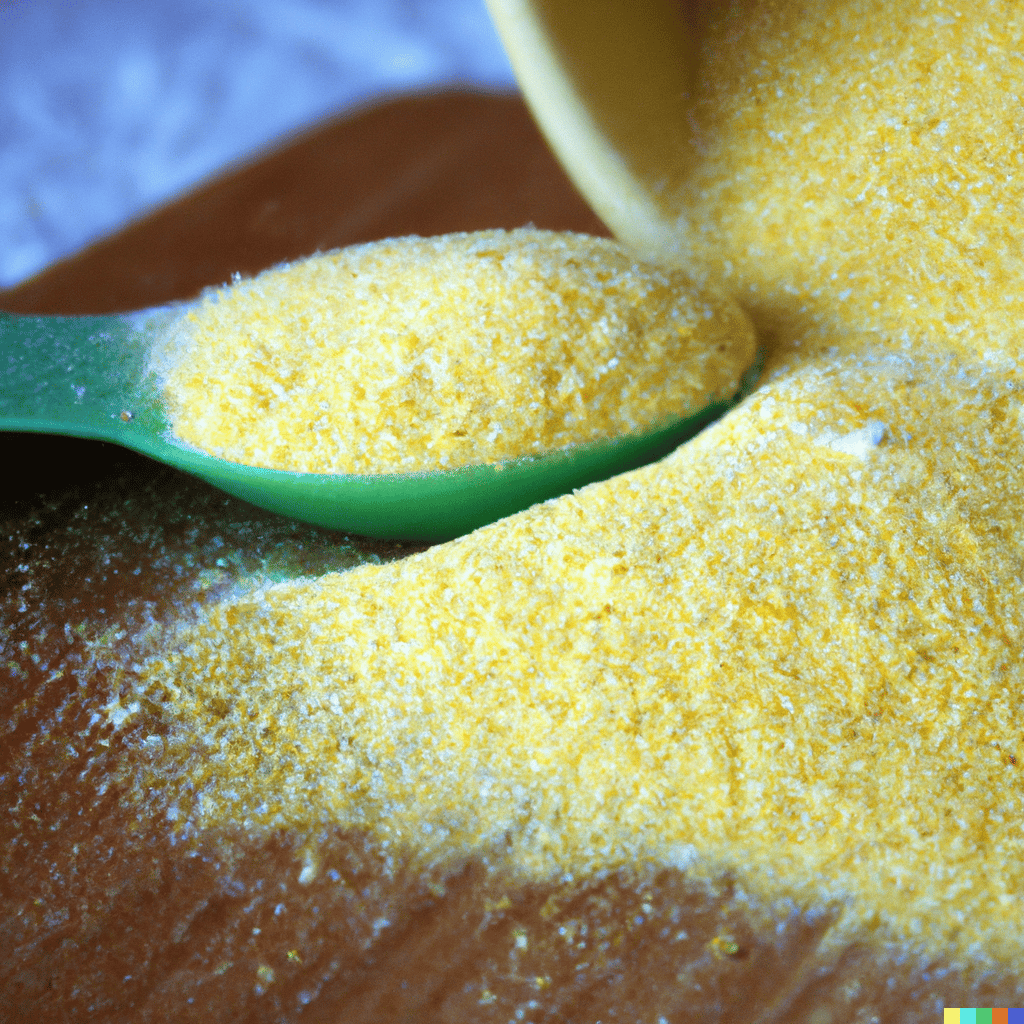Introduction
I recently revisited this post by u/Fletch71011, which talks about a trade he made in Soybean Meal options. I remember how difficult it was for me to read when I first came across this breakdown; I would’ve wanted someone to help break down difficult concepts so I could better understand the trade. Now that I think I get it, I’d like to pay it forward.
If Fletch’s post were a book, this post would be the notes I’d write on the margins.
I’ll quote parts of Fletch’s post and write my notes after each section.
Concept: Volatility Smile
“For reference, this trade was in Soybean Meal options. This will be the simplest trade we put on so hopefully most people can understand the logic behind this.For background, you need to know how an options spline/smile works. “
The volatility smile describes how options with the same underlying and expiration won’t have the same implied volatility across different strike prices. This is also called “skew.” When the implied volatilities are graphed out, it often looks like a “smile”.
We say SPY has “put skew” because the OTM puts have higher implied volatility.
Concept: Spot-Vol Correlation
“For those that don’t know, generally agricultural options are priced with an upward skew — general IV is higher among all calls whereas 30 delta and 15 delta puts are priced under the ATM options. Wing puts are still priced over. This effect gets less pronounced as we approach expiration (so calls 6 months out will have higher IV relative to the ATM than a call 3 months out, puts 6 months out will have less IV relative to ATM than a put 3 months out). The reason for this skew is that vol generally goes up when agricultural prices go up (fear) and goes down when it goes down (think the opposite of SPX). We will assume forward vols are all fair even though there are lots of seasonality issues in ags.”
For AGs, the skew (or volatility smile) is flipped. The OTM calls have a higher IV, and OTM puts have a lower IV. Why is this the case?
Spot-vol correlation sounds self-explanatory: the spot price (the price of the underlying stock or future) is correlated with volatility. What does this have to do with options trading and the skew?
ATM options are the most sensitive to changes in volatility.
Think about far OTM options. They’re probably cheap (dollar-wise), so an increase in volatility won’t affect their value too much. Deep ITM options are expensive, but most of their value is intrinsic, and these options act like stock. You can hedge a 90-delta option with 90 shares of stock, and for the most part, it’ll be fine.
ATM options are sensitive to volatility. They have a lot of Gamma; as the underlying moves around a lot, their Deltas change quickly. This makes ATM options more difficult to hedge effectively. They also have lots of Vega and are sensitive to changes in implied volatility.
Equities like SPY tend to take the stairs up and the elevator down. Normally the index coasts upwards gently. If you sold OTM calls, they gradually become ATM. You’re more vulnerable to volatility, but it’s okay. The index is just gently cruising upward.
During a market crash, however, the index plummets violently. Implied volatility goes up. If you sold OTM puts, they’re now ATM. You’re most vulnerable to volatility as the index is the most volatile.
This is why most equities have put skew; nobody wants to sell OTM puts (risky), so their equilibrium price (set by supply and demand) is higher in terms of volatility.
Ags, on the other hand, crash upwards. Wars happen, and food shortages materialize. Prices of agricultural products spike violently.
Concept: Market Making
“On Wednesday, 4/18, May Soybean Meal had large put volume. The volume was so large that this reversed the skew as Market Makers retreated aggressively”
Market makers are generally proprietary traders who try to make money by collecting the bid-ask spread. Their strategy (to put it very, very simply) is to buy at 9 and sell at 10 repeatedly. However, sometimes there are a lot of buy orders which can cause the market maker to hold a large short position. This isn’t ideal for the MM, as there are a lot of risks involved in having that inventory.
MMs don’t like that, so they’ll adjust their quotes upwards to find a price where supply and demand are roughly the same. This way, they can go back to collecting the bid-ask spread without accumulating too much inventory. Remember that supply and demand set prices; MMs don’t set prices based on what they think “fair value” should be.
Skew & Spot Vol Correlation
“calls ended up priced under the ATM vol and there was large long open interest in the ATM by Market Makers, so they were very easy to buy. Keep in mind that skew should flatten as we approach expiration, but it shouldn’t flip — this gives opportunity.”
We already established that Ags generally have a positive spot/vol correlation; commodity prices have violent rallies similar to equity market crashes. With this in mind, we can recognize that we have a trade opportunity when OTM calls are cheaper than the ATM options (volatility-wise).
I’m not sure why skews should flatten as expiration approaches. I suppose it’s because there’s less time for a big crash.
The Trade
“I sold several levels of 30 delta and ~15 delta puts as they were priced about 1.3x the ATM vol. As a hedge, I bought a few ATMs and got very long slightly OTM calls in the front month so my theta exposure wasn’t too high.”
We’ve identified that the skew is mispriced. Fletch trades the skew using two different structures:
Risk Reversal
Fletch sells the OTM puts and buys the OTM calls. We know that the puts are expensive relative to the calls, but we don’t know whether it’s the calls or the puts that are mispriced. Generally, risk reversals bet on the skew with little vega/gamma/theta exposure. Since we know gamma/vega/theta is the largest when the options are ATM, we know that a risk reversal has exposure to spot/vol correlation.
When the future rallies, volatility will increase. This is great as our long call will become ATM as the future goes up – we benefit from the call’s gamma and vega. Similarly, when the future falls towards our put, we’ll be short gamma and vega as the future calms down (less volatility).
Because the puts we sell are expensive and the calls we buy are cheap, we can trade a risk reversal and benefit from spot/vol correlation (Vanna exposure) probably for free or even a credit.
However, Fletch buys more calls than he sells puts, so he’s close to theta neutral. More on that later.
Calendar Spread
“Back month puts didn’t move, so I was also able to lift some puts as further protection. For those that don’t know, futures can move different amounts, but agricultural futures are so efficient that the rolls/differences between the futures barely move.”
Front-month OTM puts were expensive compared to back-month puts, so Fletch also sells OTM puts and buys back-month puts. This becomes a calendar spread. Calendars are complicated because it’s a bet on forward volatility, so I’ll link a separate post at the bottom of this one. For the most part, we’ll focus on the risk reversal part of the trade.
The general idea is just selling an expensive put and buying a similar but cheaper put as a hedge. We can capture the mispricing without exposing ourselves too much to market dynamics.
Fletch mentions that options of different expirations have different futures contracts as the underlying, which is important to note. However, ags are efficient, meaning arbitrageurs are doing a great job keeping the relative prices of those futures together. In less efficient markets, futures could trade out of whack when there’s more commodity demand in the far future, causing the back month put to lose a ton of money while the front month stays unchanged.
Managing The Trade
“I hedged these with short futures obviously. This position, due to the disparity in IV, allowed me to be very long gamma and long volatility while theta neutral — basically a free shot. This is because as vega of an option goes up, gamma decreases and vice versa. Since I owned all the cheap vol, I was able to have my cake and eat it too.”
High IV options have less gamma than lower IV options. And because OTM puts had a higher IV than the OTM calls, Fletch could sell OTM puts and buy OTM calls at a ratio where theta was neutral, but he was still long gamma and possibly vega. Fletch hedges his deltas by shorting futures because his short puts and long calls are both long delta.
“Sure enough, futures are down the next day. The paper that bought those puts wants out and I see more opportunity — I lift nearly all of his puts as he offers them (knowing that everyone is short these and as we approach expiration, margin requirements are going to get very stiff as downticks will raise your margin exponentially with short puts). I buy them back at lower IV than I sold them at and obviously make on the long gamma and futures I sold as well. Sure enough, other MMs come in to puke puts for even higher IVs than I sold the day before, and I roll out the position again.”
Futures are down, which means Fletch makes on his long gamma position; his short puts and long calls lose a little bit of money, but his short futures position earns even more. Fletch also wins on Vega as he buys his puts back at a lower IV. However, he resells them again later to other MMs who need them for margin purposes and are willing to pay a higher IV for them.
“Friday comes and these skews have to flatten as they settle into the futures. Futures are down again in the morning, and I buy back a bunch with my crazy amount of gamma. Remember that gamma hedging is exponential — if I cover my deltas every ten ticks for example, I was making $6000 each time, but at 20 ticks, I was making ~$24,000 so gamma hedging can be a bit of a crapshoot on how long you can hold out.”
Futures continue falling, and the skew flattens out – the puts become less expensive, and the calls become less cheap. Fletch has to hedge his deltas since he’s carrying a lot of gamma. Because you accumulate delta as the underlying moves, you could potentially make a lot more if the underlying trends in one direction and you don’t hedge. However, you bear the risk of the underlying reversing and undoing all your gains.
“Some other paper sees the crazy skews and decides to buy the ATMs and slightly OTM calls as they’re cheap relative. I sell a few of these to reduce risk, but unfortunately, I decide that they’re still cheap and want to hold on for a big pay day. Futures end up ripping up and sit on my cheap long — this was great early in the day (I think my position was up around $20k-$30k at this time) but the future ends up sitting on my long for the rest (giving me tons of long theta unfortunately) that I end up eating. Sucks, but sometimes I hold out on these types of positions and make $50k or more.”
Fletch sells off some of his position but not all of it. Futures rally, which is great for his long gamma position (hence the early profits), but because the futures rally towards his long calls, the puts are worthless, meaning Fletch is effectively just holding a bunch of long calls. He loses on theta later on in the day.


